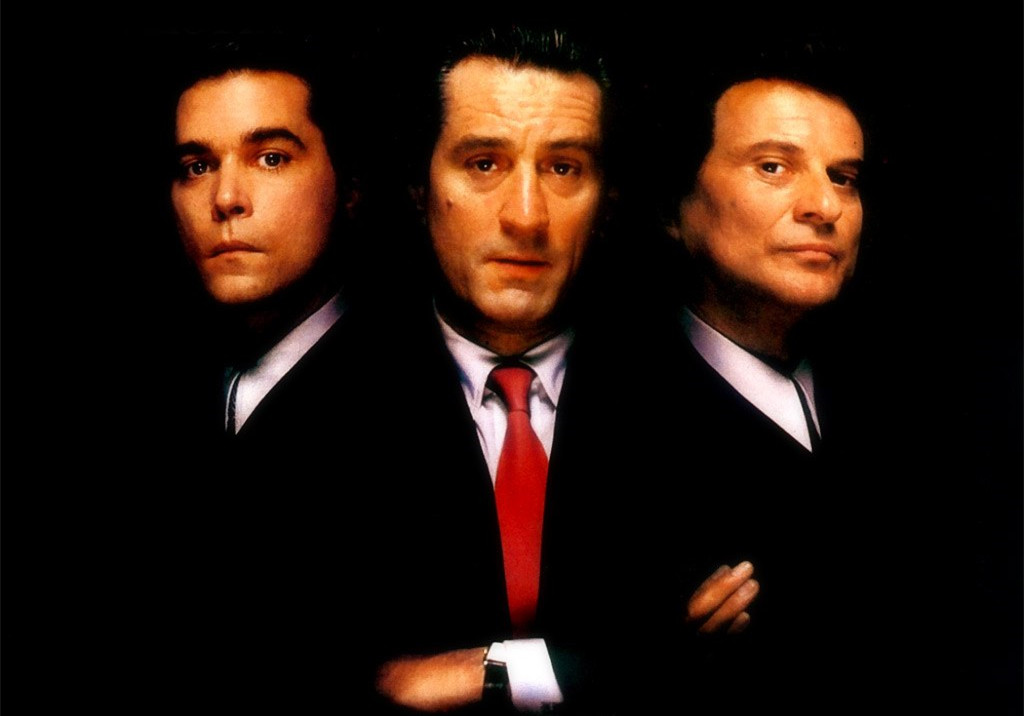
This is the third installment on the series American Gangster Films (1970s – 1990s).
In the 1990s, there was a revival of the gangster genre, not only in film but also in the literary circle. There was a restoration of the interest in the mafia, particularly the Italian mafia and New York City as the central setting for these stories.
Thus, the concept of organized crime within a family or a small circle, the values of tradition and above all loyalty were specially emphasized in the materials produced during the 90s. This trend might have been the result of perhaps a handful of events that happened in the end of the 1980s and during the 90s that had an impact on the United States, including the end of the Cold War.
American television started to concentrate more on the production of crime dramas (“Law & Order”, “Homicide: Life on the Street”, “The Sopranos”, “Wiseguy”). Books concentrated on organized crime became successful (“Donnie Brasco” by Joseph D. Pistone, “Casino” by Nicholas Pileggi, “The Last Don” by Mario Puzo). Video games started including new features and genres such as the first-person shooter.
The Los Angeles riots brought attention once more to police methods and organized crime, the hip-hop culture also emphasized the gang culture, the savings and loans crisis put under focus the corruption of figures and institutions connected with the nation’s law and order (The Keating Five). So, despite the economic growth felt during the 90s, there was a group of elements that might have led to the genre’s revival, which, of course, affected film as we shall see in this list.
15. Blood In Blood Out (1993, Taylor Hackford)
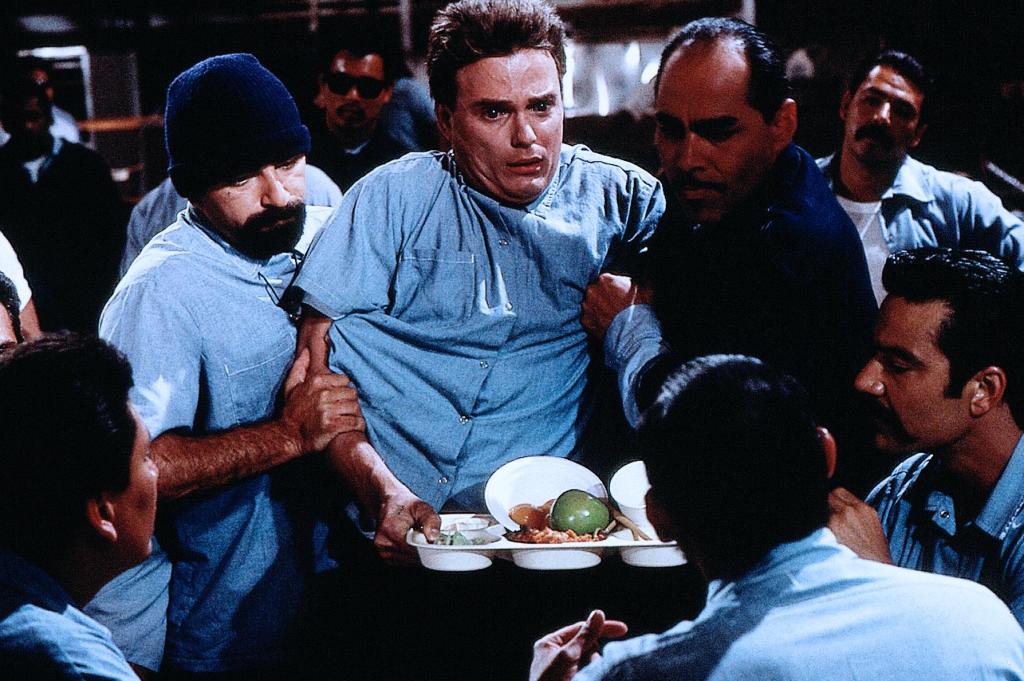
One of the most popular films of the 90s, “Blood In Blood Out” is set in sunny California and revolves around the lives of three Mexican-Americans – Miklo (Damian Chapa), Cruz (Jesse Borrego) and Paco (Benjamin Bratt).
The film opens in 1972 with the three men being part of a Los Angeles gang named “Vatos Locos”. Soon they see themselves involved in a violent event that will alter their lives and dictate their separation as Paco becomes a police officer, Miklo is sent to San Quentin State Prison, whereas Cruz becomes a painter with a serious drug addiction.
At the time of its release, the film received a mixed wave of critics; some thought the film fell too much on the cliché and lacked originality either visually speaking or in terms of the story. However, the audiences were driven by it and it became a successful film, particularly because of the film’s concentration on the ‘Chicano’ and ‘Barrio’ cultures, as well as the violence between street gangs and police in Los Angeles, particularly in the 1970s and 1980s.
14. A Bronx Tale (1993, Robert De Niro)
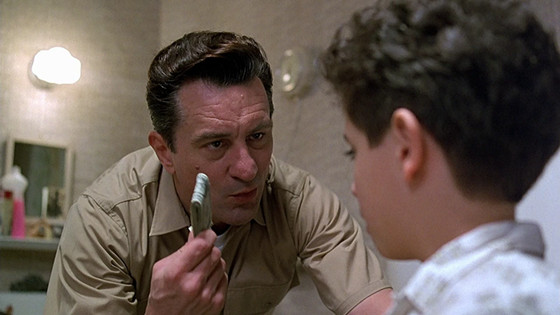
From California, we travel to the other end of the country, New York, specifically the Bronx. Directed by Robert De Niro in his first directorial effort, “A Bronx Tale” is set in the 1960s against an Italian mafia background, following the path of a young boy named Calogero Anello. From his childhood up to his teenage years, he has his life divided by the guidance of two opposite men – his father Lorenzo (Robert De Niro) and a mafia boss named Sonny LoSpecchio (Chazz Palminteri).
This film is a coming-of-age tale which benefits from the great screen presences of veterans De Niro and Palminteri, who actually wrote the play upon which the film is based as well as the film’s screenplay. And perhaps the key lies on the fact that this is a very human drama that has the power and pace to lead the audience through a range of varied feelings and states of mind, from anger to irony to laugher. It depicts life in a very honest way and therefore, it stands as a very close-to-heart film.
13. State of Grace (1990, Phil Joanou)
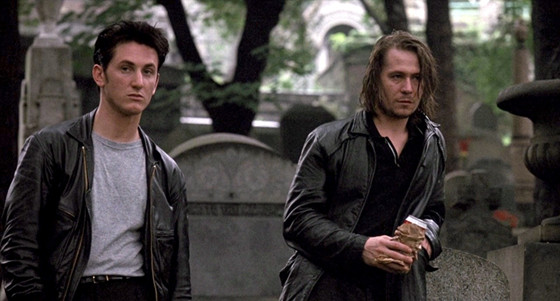
Despite having been outshone by the release of “Goodfellas” which happened around the same time, “State of Grace” is another interesting depiction of organized crime produced in the 90s. The film was heavily inspired by the Hell’s Kitchen culture, and it tells the story of a man named Terry Noonan (Sean Penn) who returns to New York and reunites with his childhood friend Jackie Flannery (Gary Oldman). Jackie is part of the Irish mafia as is his brother Frankie (Ed Harris), who happens to be the leader of a local gang.
Terry is, in secret, working as an undercover officer who soon finds himself immersed in a moral crossroad: either he respects his loyalty to his family and friends, or he chooses to follow his duties as a police officer.
Even though the plot may lack in terms of originality and be quite complicated at times, the great aspect of this film is perhaps the actors’ performances, who understand the importance of behaviour and body language in a film like this. They manage to give solid performances in their roles, particularly Oldman and Harris.
12. Boyz n the Hood (1991, John Singleton)
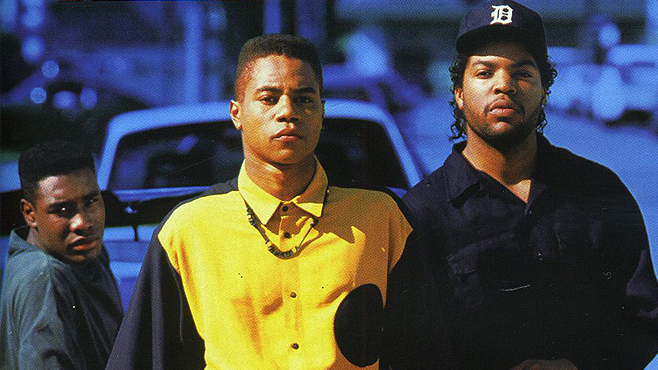
Set in Los Angeles, this film is a coming-of-age picture that follows the lives of three young men living in a problematic black neighbourhood. It stars younger versions of Cuba Gooding Jr., Ice Cube, Laurence Fishburne, Angela Bassett and Morris Chestnut, who give thoughtful and solid performances.
The film, in the manner of coming-of-age pictures, assumes an observational point of view that explores themes connected to the lives of these three young men, particularly touching subjects related with race, sexuality, violence and dreams.
In the 90s, there were a number of films produced that targeted young audiences and “Boyz n the Hood” followed that trend. However, it overcomes that new wave of teenage angst to become a depiction of human drama, therefore appealing to ‘all ages and sizes’.
Another interesting aspect of this film is the rhythm which evolves achievements in editing (sharp cut) and directing (hand held camera, proximity to the characters). In addition to that, the film is also a cultural landmark, which at the time of its release had an immense impact on American society.
11. One False Move (1992, Carl Franklin)
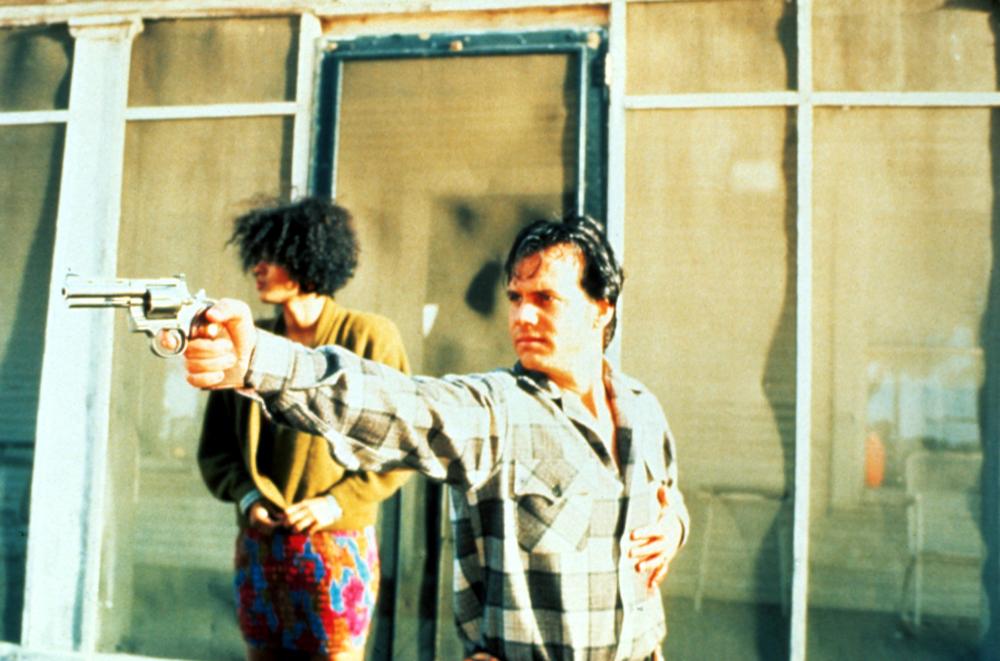
Perhaps not as well known today as some of the other titles on this list, Carl Franklin’s “One False Move” is nevertheless a title worthy of proper recognition. The film, set in California (Los Angeles), Texas (Houston) and Arkansas (Star City), follows the path of a gang of three criminals, Ray (Billy Bob Thornton), Pluto (Michael Beach) and Fantasia (Cynda Williams), who, upon finishing a crime spree that includes murder and theft, depart for Texas where they plan to sell the drugs they’ve robbed.
The L.A.P.D. are prevented from following the criminals, since they’ve gone out of the department’s jurisdiction; knowing that the criminal trio will go to Arkansas, they contact the police chief Dale Dixon (Bill Paxton), who then waits for the killers to arrive.
Similar to other film predecessors such as “In Cold Blood” (1967) or “Badlands” (1973), “One False Move” is a study of human behaviour, relationships, and the forces and elements of the individual against the concept of group and vice-versa. It opposes a group of black people to a group of white people without falling on the cliché of race and prejudice. For that, this film is also a must-see.
10. Bullets Over Broadway (1994, Woody Allen)

Set in 1928’s New York, “Bullets Over Broadway” is a comedy film that revolves around a neurotic playwright named David Shayne (John Cusack), who is a newcomer to the Broadway atmosphere.
Struggling to find financial backing for his new play “God of Our Fathers”, Shayne agrees to cast an aspiring talentless actress named Olive Neal (Jennifer Tilly) who is the prize girlfriend of a local gangster, only to find out that her bodyguard, a low-level gangster named Cheech (Chazz Palminteri), is actually the real deal, since the man is able to come up with excellent ideas that help the play.
This is perhaps one of the most overlooked films made by Woody Allen, shadowed by other career achievements in the late 80s and 90s such as “Crimes and Misdemeanors” (1989) and “Manhattan Murder Mystery” (1993). Nevertheless, the film is a very intelligent comedy that explores the ‘dandy’ side of being a gangster, and the power criminal syndicates had during the roaring 20s.
However, the film also presents the audience with more serious questions, such as the responsibility for one’s creation – what is creation and what is the relationship between the author and its object? Is it his/her object of affection? What are the limits when it comes to bringing one’s creation to life?
9. Donnie Brasco (1997, Mike Newell)
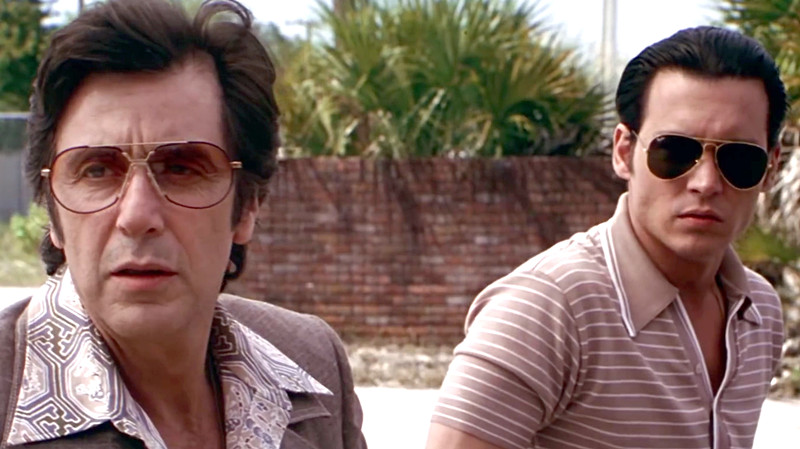
Based on the true events that surrounded the life of federal agent Joseph D. Pistone in New York in the 1970s, “Donnie Brasco” borrows the agent’s alias as a title for a biographical film that accounts for the incidents leading an FBI agent working undercover inside one of New York’s top crime families to go from a lawful side to a criminal end.
The film became one of the most popular in the 90s, and it was praised for several reasons. Among the two most expressed were, first and foremost, its performances, particularly Johnny Depp as Donnie Brasco, and Al Pacino as a small-time gangster and Brasco’s contact in the mob. And on the other hand, the film was seen as a moral tale and a very human drama, for it explores the fall of a man, his duty for his fellow, his desires, his conflict, and his complex behaviours.
In the film, this is all clear through Brasco’s own words: “You think I hate you? I don’t hate you. This job is eating me alive. I can’t breathe anymore. And if I come out. This guy Lefty dies. They’re gonna kill him because he vouched for me. Because he stood up for me. I live with that every day. That’s the same thing if I put the bullet through his head myself, you understand? I spend all these years trying to be the good guy, you know? The man in the white fuckin’ hat. For what? For nothin’. I’m not becoming like them, Maggie, I am them.”